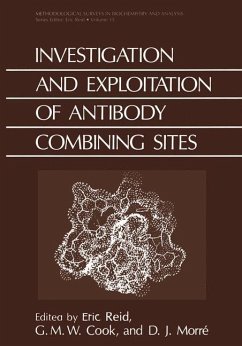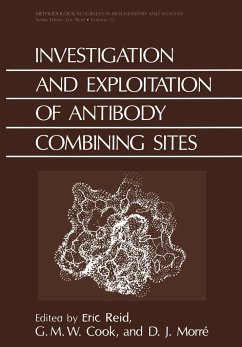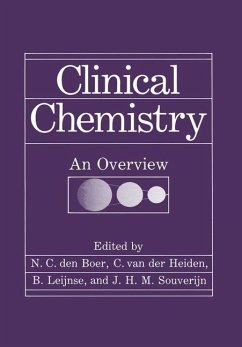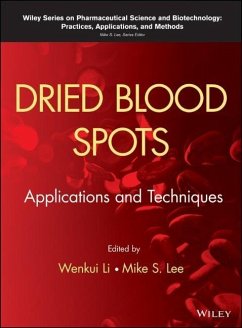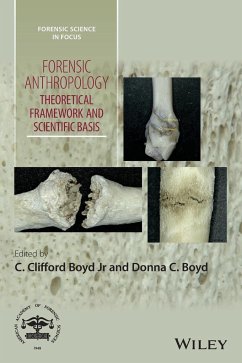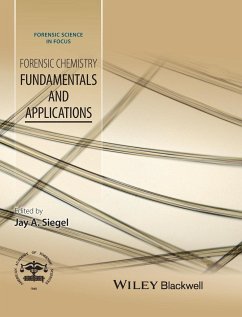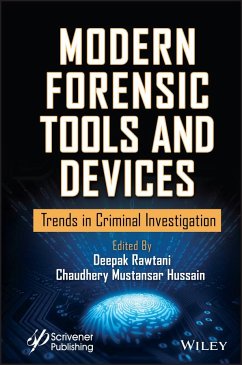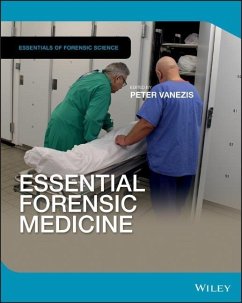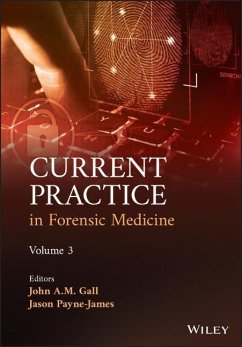
Drug Determination in Therapeutic and Forensic Contexts

PAYBACK Punkte
39 °P sammeln!
Acknowledgements. - Valuable support for the Forum came from the Cancer Research Campaign, from Johnson Matthey & Co., and from U. K. pharmaceutical companies - Beechams, Glaxo, ICI and Smith, Kline & French. Moreover, some speakers came without full financial coverage. The choice of presentations was guided by Honorary Advisers including Drs. S.H. Curry (Chairman), J.A.F. de Silva, L.E. Martin, J. Chamberlain and G.G. Skellern. Drs. Jim Leppard and Joan Reid are thanked for Index drafting. As mentioned in the text, some Figs. have already appeared in journals, whose publishers (e.g. Elsevier,...
Acknowledgements. - Valuable support for the Forum came from the Cancer Research Campaign, from Johnson Matthey & Co., and from U. K. pharmaceutical companies - Beechams, Glaxo, ICI and Smith, Kline & French. Moreover, some speakers came without full financial coverage. The choice of presentations was guided by Honorary Advisers including Drs. S.H. Curry (Chairman), J.A.F. de Silva, L.E. Martin, J. Chamberlain and G.G. Skellern. Drs. Jim Leppard and Joan Reid are thanked for Index drafting. As mentioned in the text, some Figs. have already appeared in journals, whose publishers (e.g. Elsevier, Dekker, Preston) are thanked: sources include Journal of Chroma tography, Journal of Liquid Chromatography and Journal of Chromatographic Science, also (art. E-S) a Wiley book edited by M. Trimble. Abbreviations.- In connection with HPLC ('LC' is a pet aver sion) this Editor has often deplored the upstart use of 'ECD'-a term hallowed by its GC usage as in art. F -2 later in the book. To connote 'electrochemical' the term 'EC' is now used, but 'ECD' is reserved for the electron-capture detector. Other abbreviations which, although well known, are generally defined in each article concerned include NP, normal-phase [HPLC); RP, reverse(d)-phase; i.s., internal standard; MS, mass spectrometry (EI, electron-impact; CI, chemic,al-ionization); RIA, radioimmunoassay; UV, ultraviolet (usually absorbance).





